Domestic Tractor Sales Report September - October 2025
 Ishita Sharma 2025-10-23
Ishita Sharma 2025-10-23

Domestic Tractor Sales Report September 2025 | Brand-wise Tractor Sales in India
| Brand / OEM | Sep 2025 (units) | Sep 2024 (units) | YoY change | Market share (Sep 2025) |
| Mahindra & Mahindra (Tractor) | 15,515 | 14,767 | 5.07% | 23.95% |
| Mahindra & Mahindra — Swaraj Division | 11,559 | 11,018 | 4.91% | 17.84% |
| TAFE Limited (Massey/TAFE) | 7,943 | 7,287 | 9.00% | 12.26% |
| International Tractors Ltd (Sonalika) | 7,756 | 8,114 | −4.41% | 11.97% |
| Escorts Limited (Agri) | 6,692 | 6,314 | 5.99% | 10.33% |
| John Deere India (Tractor division) | 4,814 | 4,815 | −0.02% | 7.43% |
| Eicher Tractors | 3,851 | 3,806 | 1.18% | 5.94% |
| CNH Industrial (New Holland / Others) | 3,140 | 2,520 | 24.60% | 4.85% |
| Others (combined) | 3,515 | 3,886 | −9.55% | 5.43% |
| Total (retail) | 64,785 | 62,527 | 3.61% | 100% |
September 2025 was a strong month for India’s tractor market, with retail volumes rising modestly year-on-year to 64,785 units (Sep 2024: 62,527) according to FADA-based retail tabulations. The month combined regular seasonal demand, early festival buying and a favourable policy tailwind that together kept dealer showrooms busy through the Navratri period.
Market leadership remained divided across a couple of Mahindra group entries. Mahindra & Mahindra’s core tractor brand sold 15,515 retail units in September, while the Swaraj division added 11,559 units — together they account for a dominant near-41.8% share of retail volumes. That split (parent brand + Swaraj) underlines Mahindra’s multi-brand approach across geographies and customer segments, and shows how the group captures both utility and value-oriented buyer cohorts.
TAFE (Massey/TAFE) delivered a notable retail performance, up ~9% with 7,943 units, continuing its steady push in mid-range and high-volume segments. CNH/New Holland also stood out for strong growth (reported ~24.6%), reflecting an effective product or channel push in the month. At the same time Sonalika — despite reporting record high company monthly shipments in some company communications in October — shows a small retail dip in the FADA retail table (7,756 units, −4.4% YoY), suggesting some of its volume may have been movement in wholesale/exports or timing differences between wholesale and retail. (See company releases for wholesale/total figures).
Escorts (including the agri machinery group) sold 6,692 units (up ~6%) and John Deere’s retail numbers were largely flat (4,814 units). Eicher, a consistent mid-tier performer, contributed nearly 3,851 retail units. Smaller players and “others” combined for ~3,515 units, a category that fell slightly YoY and highlights the continuing consolidation of retail volumes among the top 6–8 OEMs.
Why did September perform this way? Three main drivers are visible: first, seasonality — Kharif sowing and allied farm activity normally underpin mid-year demand. Second, festive pull-forward — with Navratri and related festival buying in late September, many farmers accelerated purchases. Third, policy and affordability changes — a recent GST reform and financing schemes gave an extra incentive, lifting both footfalls and conversion rates at dealer lots. These combined forces created a concentrated demand window, benefiting brands with strong dealer reach and ready inventory.
What to watch next: a portion of September’s uplift can be “pulled-forward” demand from the festival season, which may moderate sequentially in October/November comparisons. Also watch wholesale vs retail alignment — several OEM press releases reported record company shipments (wholesale) for September, while FADA retail shows more moderate increases; the gap between these two measures will determine near-term inventory flow and dealer restocking dynamics. Overall, though, the broad message is positive: healthy rural liquidity, normal monsoon indicators and policy nudges combined to keep tractor retail demand in growth territory in September 2025.

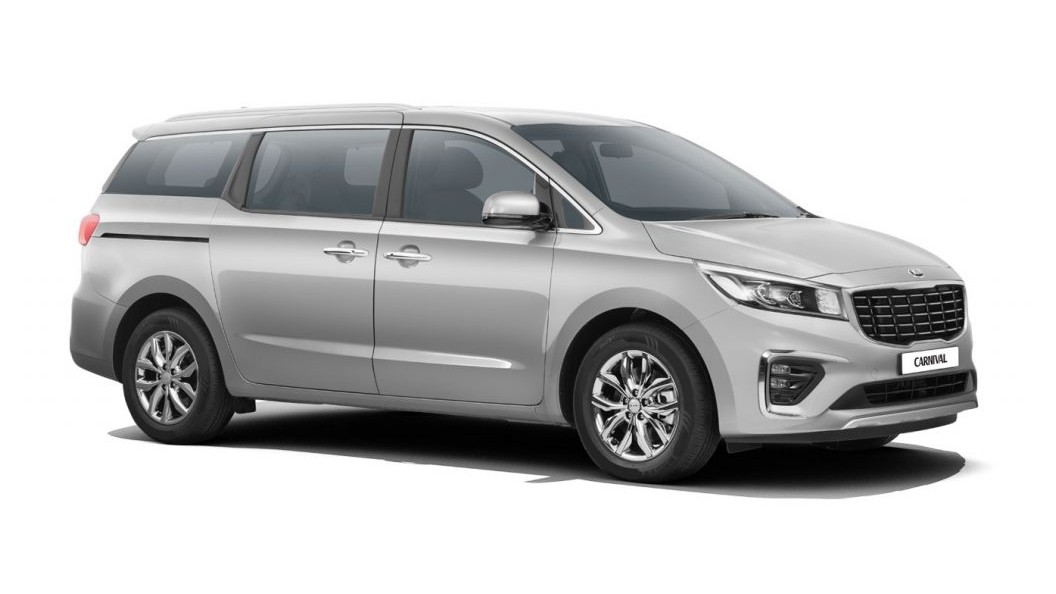
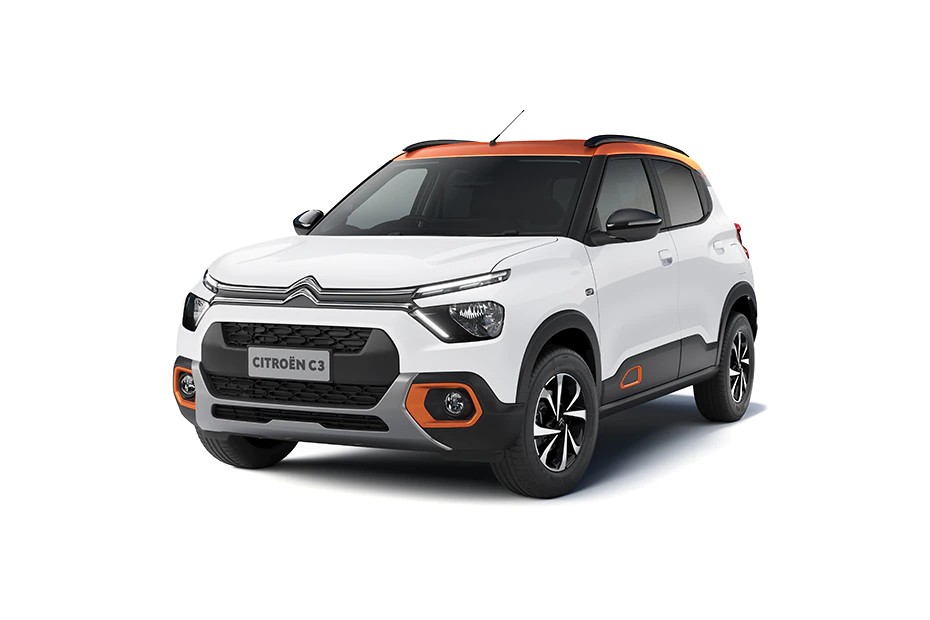
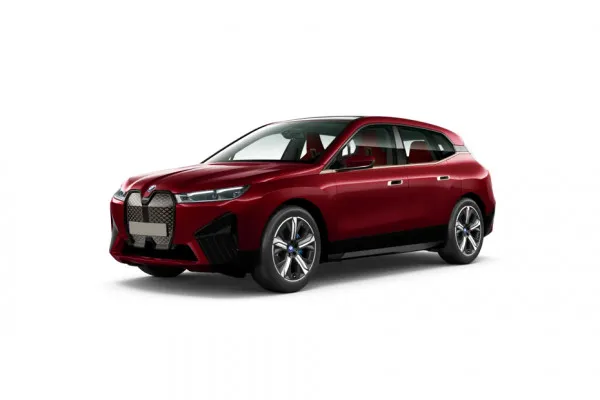
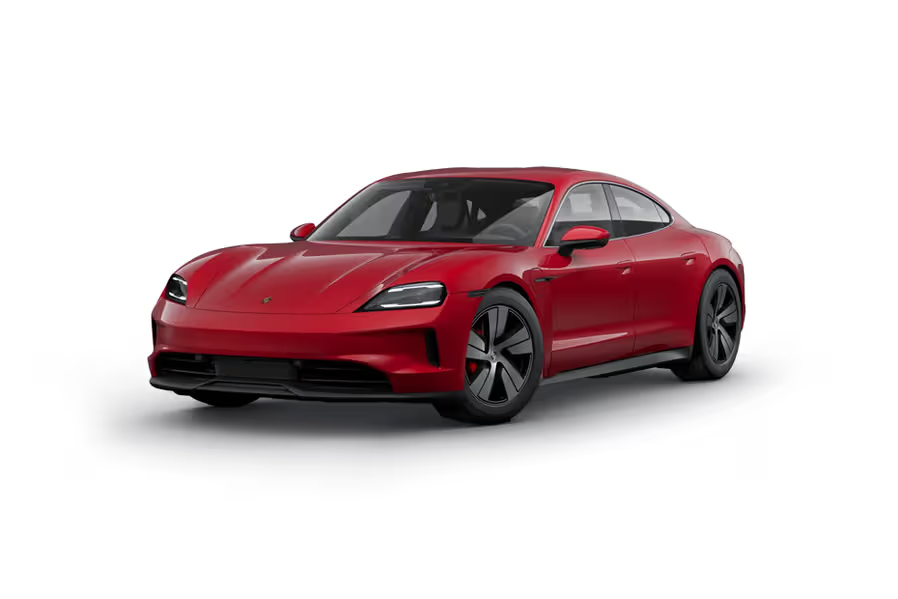



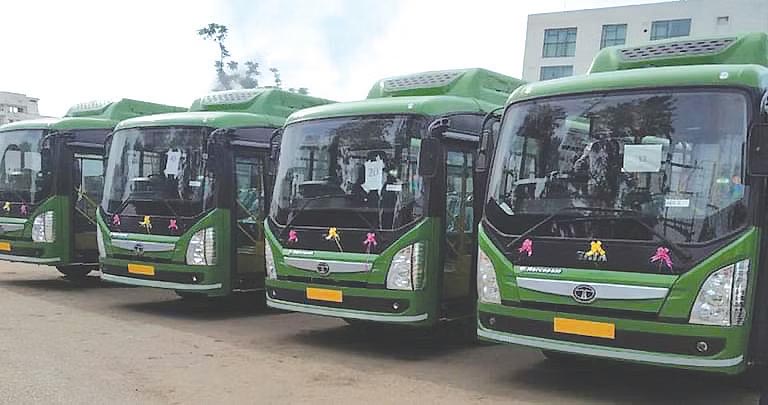

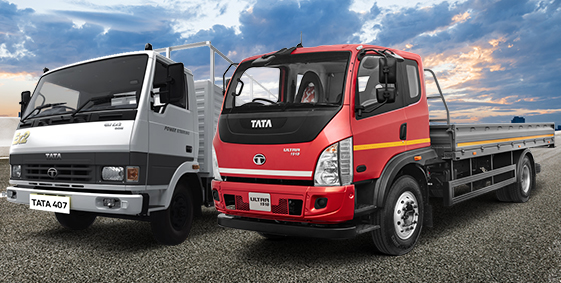
.jpg)

.jpg)


.jpg)
